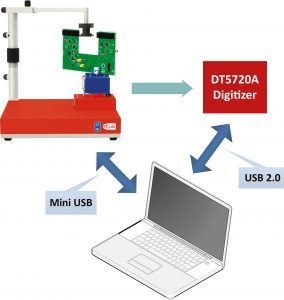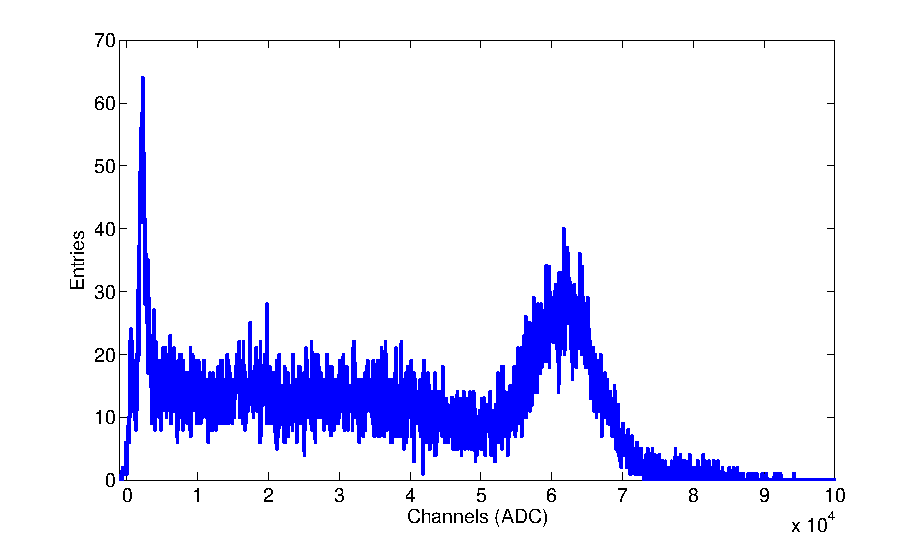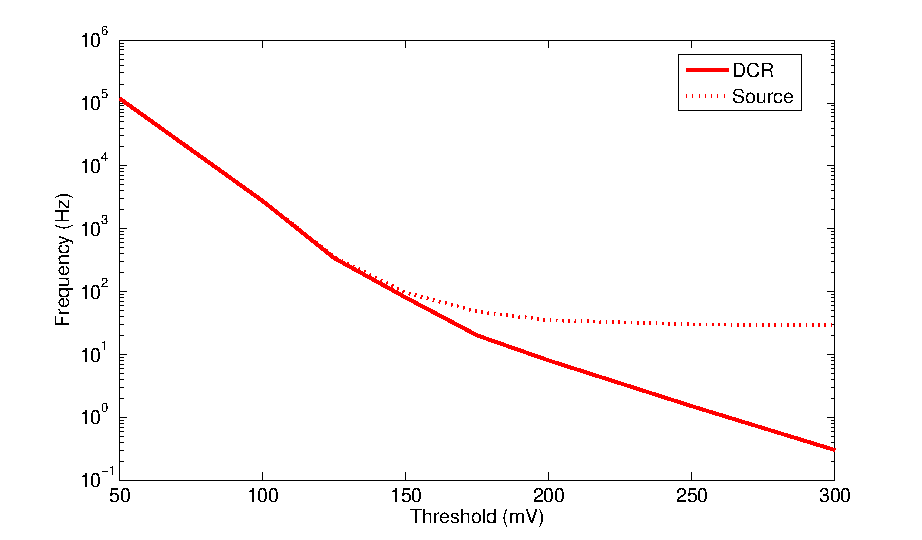| Difficult | Execution Time | Data Analysis | Radioactive Sources |
|---|---|---|---|
| No | Yes |
Hardware setup
This experiment guide is referred to the SP5701 educational kit.
Equipment: SP5701 – EasyPET Kit
| Model | SP5700 | DT5770 | Additional Tool |
|---|---|---|---|
| Description | EasyPET | Desktop Multi-Channel Analyzer | 22Na Radioactive source (recommended: 1/2 inch disc, 10 μCi) |
Purpose of the experiment
Positron annihilation detection by using a couple of detectors composed of a LYSO scintillating crystal coupled to a Silicon Photomultiplier (SiPM).
Fundamentals
The underlying principle to PET systems is the detection of high energy radiation emitted from a chemical marker, a molecule labelled with a radioisotope, administered to a patient. The marker is properly chosen in order to associate to molecules involved in biochemical or metabolic processes under investigation. This allows studying the function of a particular organ or evaluating the presence of disease, revealed by the excessive concentration of the marker in specific locations of the body. The radioisotope emits positrons which, after annihilating with atomic electrons, result in the isotropic emission of two photons back to back with an energy of 511 keV. The two photons are detected by a ring of detectors, which allows a pair of them to detect two back to back photons in any direction. EasyPET comprehends only two detector modules that move together and execute two types of independent movements, around two rotation axes, so as to cover a field of view similar to that of a complete ring of detectors. A fast electronic readout system allows detecting coincident events resulting from the same decay process.

Experimental setup block diagram
Carrying out the experiment
- Mount the arm of the source holder on the column fixed on the system base, fix the U–shaped board to the top stepper motor and connect the flat cable to the U-shaped board and to control unit.
- Connect to PC and power ON the system. Connect the analog output of one detector to channel input of the DT5770 and use as MCA “trigger IN” the coincidence output characterized by the occurring of the comparator output of each detector within a time window.
- Place the source holder between the two detectors and measure the DCR frequency as a function of the threshold.
- Place the 22Na radioactive source in the holder and repeat the measurement. Chose a threshold and acquire the coincidence spectrum thanks to a Multi Channel Analyzer.
Results
The coincidence detection allows to reduce significantly the system noise due to the SiPM DCR. In the optimization of the acquisition conditions, the coincidence detection introduces the parameter of the time window width in addition to the bias voltage and the threshold. In order to find the best parameter values is necessary to analyse the response of the system in coincidence mode to the radioactive source with respect to the random events, at fixed operating voltage. The simple geometry of the system with only two opposite and aligned detectors and the implementation of the coincidence detection ensures that, in the energy distribution, the Compton scattering occurring in one or even in both scintillating crystals comes from the same annihilation event.

Coincidence spectrum of 22Na radioactive source

Coincidence frequency, with and without 22Na source, a function of the threshold


